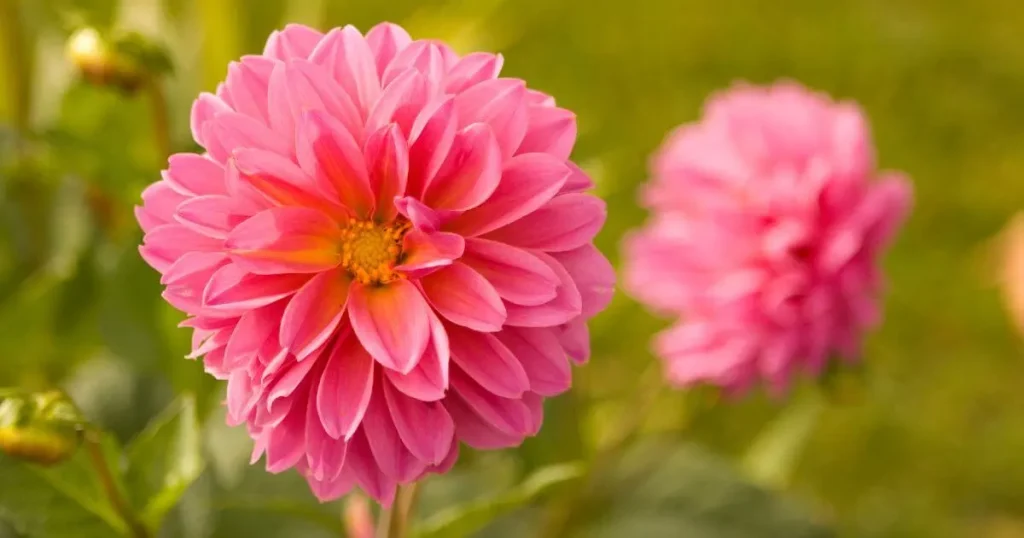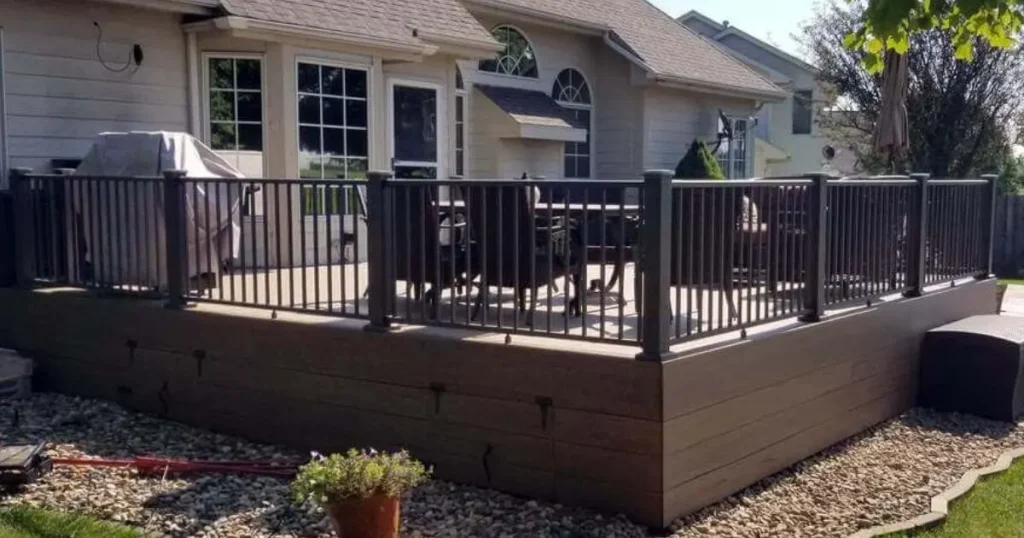Zinnias are vibrant and colorful flowers that brighten up any garden with their beauty. These easy-to-grow annuals are popular among gardeners for their versatility and stunning blooms. In this article, we will explore zinnias, their various varieties, the importance of successful zinnia cultivation, and valuable tips to help you grow zinnias like a pro.
Zinnias belong to the Asteraceae family and are native to North and South America. They come in a wide range of colors, including red, pink, orange, yellow, and white, making them a favorite choice for adding splashes of color to gardens, borders, and flower beds.
Importance of Growing Zinnias Successfully
Growing zinnias successfully enhances your garden’s visual appeal and contributes to biodiversity by attracting pollinators like butterflies, bees, and hummingbirds. Zinnias are also excellent cut flowers, perfect for creating vibrant floral arrangements to adorn your home.
Selecting the Right Varieties
Zinnias come in a diverse array of varieties, each with its unique characteristics and growing requirements. Understanding these varieties and selecting the right ones for your garden is key to successful zinnia cultivation.
Overview of Zinnia Varieties
- Dwarf Zinnias: These compact varieties are ideal for small gardens or containers. They offer a profusion of colorful blooms without taking up much space.
- Giant Zinnias: Known for their large, showy flowers, they make a bold statement in gardens and are prized for their impressive size and vibrant colors.
- Double-Flowered Zinnias: These zinnias feature double petals, giving them a lush, full appearance similar to peonies or dahlias. They add a touch of elegance to floral displays.
Factors to Consider When Choosing Zinnia Varieties
- Climate: When selecting zinnia varieties, consider your local climate. Some varieties thrive in hot, sunny climates, while others are more suited to cooler regions.
- Garden Space: Assess the available space in your garden or containers to determine the appropriate zinnia varieties. Compact varieties are ideal for limited space, while larger varieties need room to spread and grow.
Tips to Grow Zinnias
1. Choosing the Right Location
The success of your zinnias starts with where you plant them. Zinnias are sun lovers and will thrive in a spot with at least 6 to 8 hours of sunlight daily. It is crucial to choose a location that provides the right conditions.
Sunlight
Ensure that your zinnias have access to full sun. A sunny location ensures robust growth and vibrant blooms. Zinnias might not be the best fit if your garden space is shaded. Direct morning sunlight is particularly beneficial, as it helps to dry plants after dew or watering, preventing mildew.
Soil Type and Drainage
Zinnias are not too picky about their soil but prefer it to be well-draining. They can grow in various soil types, but a good, rich, loamy soil will provide optimal growing conditions. Avoid waterlogged areas, as zinnias are susceptible to root rot in consistently wet soil.
Sandy soil amended with organic material can be a great option if drainage is an issue. The right location will set the stage for healthy zinnia plants less prone to disease and other stressors.
2. Proper Planting Techniques
Planting zinnias correctly is the next step to guaranteeing their growth and survival.
Seed Selection
Choose high-quality zinnia seeds from a reputable supplier or select healthy, young transplant seedlings with a strong stem and healthy leaves. There are various varieties of zinnias with different growth habits and bloom types, so choose seeds or plants that match your vision for your garden.
Spacing
Proper spacing is essential to allow your zinnias to grow and spread without competition. Overcrowding can lead to disease and smaller blooms. For most zinnias, space plants about 6 to 24 inches apart depending on the variety and expected height.
Depth
Plant zinnia seeds about ¼ inch deep in the soil. If transplanting, ensure the root ball is level with the surrounding soil and the plant is not planted too deeply.
By planting your zinnias correctly, you set them up for success and good establishment in the garden.
3. Watering and Feeding
A good watering and fertilizing regimen is crucial for healthy zinnia plants that produce abundant flowers.
Water Requirements
Zinnias prefer a moderate amount of water. They can tolerate dry conditions once established but produce more flowers with consistent watering during dry spells. The soil should dry out a bit between watering to avoid over-saturation.
Fertilization Schedule
Zinnias are light feeders, meaning they don’t require much fertilizer to grow well but benefit from the occasional nutrient boost. Feeding them a balanced fertilizer like a 10-10-10 or a flower-boosting 15-30-15 is good practice. Fertilize them at planting and then once a month throughout the growing season.
Too much water or fertilizer can lead to lush, green foliage at the expense of flowers, so follow a strict but gentle regimen.
4. Maintenance and Care
Proper maintenance is vital for zinnias to keep blooming and avoid common issues.
Pruning
Regularly prune zinnias by pinching back the stem tips to encourage bushier, fuller plants. This can be done when the zinnias are about 6 inches tall and then again when side shoots are about 6 inches long.
Deadheading
Remove spent flowers by deadheading. This keeps your zinnias looking their best and encourages further blooming. Cut the stem down to the next set of leaves or flower buds.
Pest Control
Watch out for common pests such as aphids, spider mites, and Japanese beetles. Regular monitoring and quick action can prevent these pests from affecting your zinnias. From natural predators to organic insecticidal soaps, there are many ways to control pests in an eco-friendly manner.
By diligently maintaining your zinnias, you ensure they look their best while minimizing potential issues.
5. Harvesting and Enjoying Zinnias
The payoff for your hard work comes when you can enjoy zinnias in your home.
When to Harvest
Zinnias are best harvested in the morning. Choose flowers that have just started to open for the most extended vase life.
Vase Life
Zinnias have a good vase life if adequately harvested and cared for. Change the water every few days and recut the stems at a slant. Add a floral preservative to the water to prolong the blooms.
Creative Uses
Zinnias can be used for more than just traditional vases. They are perfect for creating bold, colorful arrangements and wreaths. They also work well as dried flowers and can be used in crafts.
Extending the Blooming Season of Zinnias: Tips for Continuous Color
With their vibrant hues and long-lasting blooms, Zinnias can add a splash of color to any garden. Consider these tips and companion planting ideas to make the most of these beautiful flowers and enjoy a prolonged blooming season.
Tips for Prolonging Zinnia Blooms
- Deadheading: Regularly remove faded or spent blooms to encourage new flower growth. This process redirects the plant’s energy into producing more blooms rather than seed production.
- Mulching: Apply a layer of organic mulch around zinnia plants to retain moisture, regulate soil temperature, and suppress weeds. Mulching also helps conserve water, vital for healthy and continuous blooming.
- Watering: Consistent watering practices ensure that zinnias receive sufficient moisture without becoming waterlogged. Watering at the base of the plants in the morning allows foliage to dry out during the day, reducing the risk of fungal diseases.
- Fertilization: Use a balanced fertilizer formulated for flowering plants to provide essential nutrients for robust growth and abundant blooms. Follow the recommended application rates to avoid over-fertilization, which can lead to lush foliage but reduced flowering.
- Sunlight: Position zinnias in an area with total sun exposure for at least 6-8 hours daily. Adequate sunlight is crucial for healthy growth and prolific flowering.
Companion Planting Ideas for Continuous Color
- Marigolds: Planting marigolds alongside zinnias adds complementary colors and helps repel pests such as aphids and nematodes.
- Cosmos: These tall, airy flowers create a stunning backdrop for zinnias and provide continuous blooms throughout the season.
- Alyssum: Low-growing alyssum serves as a ground cover and attracts beneficial insects like pollinators, enhancing zinnia pollination and overall garden health.
- Verbena: With its trailing habit and vibrant blooms, verbena complements zinnias in borders or hanging baskets, extending your garden’s visual appeal.
By implementing these tips and incorporating companion plants, you can extend the blooming season of zinnias and create a vibrant, colorful garden that delights throughout the growing season.
Growing zinnias can be a rewarding experience. With the right location, planting techniques, watering and feeding, maintenance, and harvesting practices in place, you can grow vibrant zinnias that will brighten any corner of your garden. Remember that each gardener’s experience is a unique interaction with nature, and a garden that thrives is beautiful and rewards all the senses. Happy growing!
Frequently Asked Questions- Tips to Grow Zinnias
What are Zinnias?
Zinnias are vibrant and colorful annual flowers popular in gardens for their bright blooms and easy care.
When is the best time to plant Zinnias?
Zinnias should be planted after the last frost in spring when the soil has warmed up, typically around mid to late spring.
What kind of soil do Zinnias prefer?
Zinnias prefer well-draining soil with a pH range of 5.5 to 7.0. Amending the soil with compost can improve its quality for Zinnia growth.
How often should Zinnias be watered?
Zinnias prefer regular watering, especially during dry spells. Water them deeply when the top inch of soil is dry, usually about once or twice a week, depending on weather conditions.
Do Zinnias require fertilization?
Zinnias benefit from a balanced fertilizer applied every 4-6 weeks during the growing season. Avoid over-fertilizing, as it can lead to excessive foliage growth at the expense of flowers.
How do you promote continuous blooming in Zinnias?
To encourage continuous blooming, deadhead faded flowers regularly. This promotes new growth and prolongs the blooming period of Zinnias.
How tall do Zinnias grow?
Depending on the variety, Zinnias can grow anywhere from 6 inches to 3 feet tall. Taller varieties may require staking for support.
Are Zinnias prone to any pests or diseases?
While generally resilient, Zinnias can be susceptible to powdery mildew, aphids, and spider mites. Regular monitoring and prompt action can help control these issues.
Can Zinnias be grown in containers?
Yes, Zinnias can be grown in containers as long as the containers have adequate drainage and space for root growth. Choose compact or dwarf varieties for smaller containers.
How long do Zinnias bloom?
Zinnias typically bloom from early summer to the first frost, providing a colorful display throughout the growing season.
- Top 12 Essential Gardening Tools for Beginners - June 19, 2024
- Top Gardening Tips for Beginners in 2024 - June 8, 2024
- How To Grow And Care For Peace Lily - April 28, 2024



